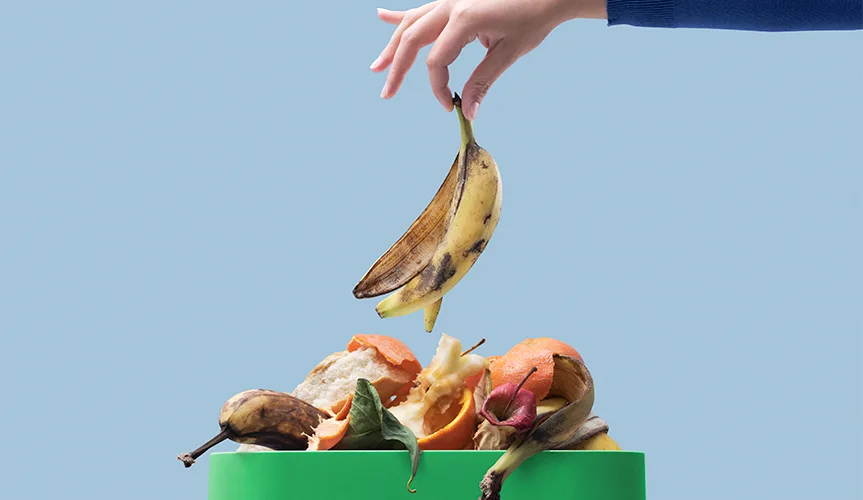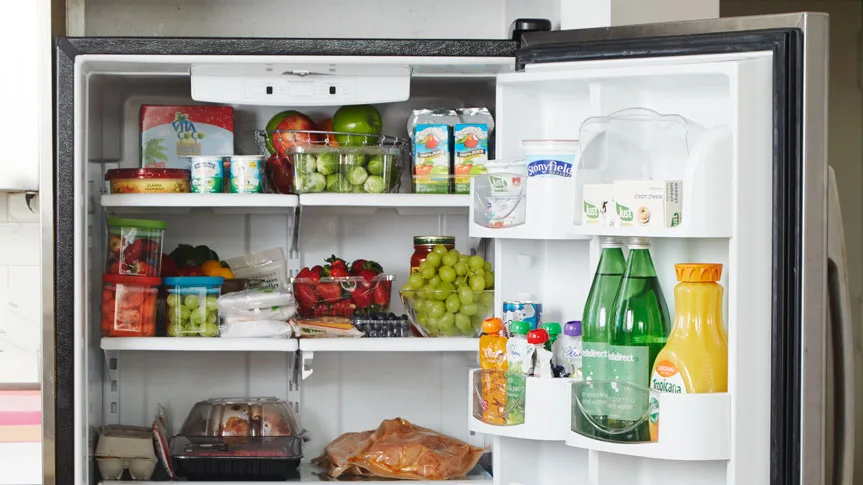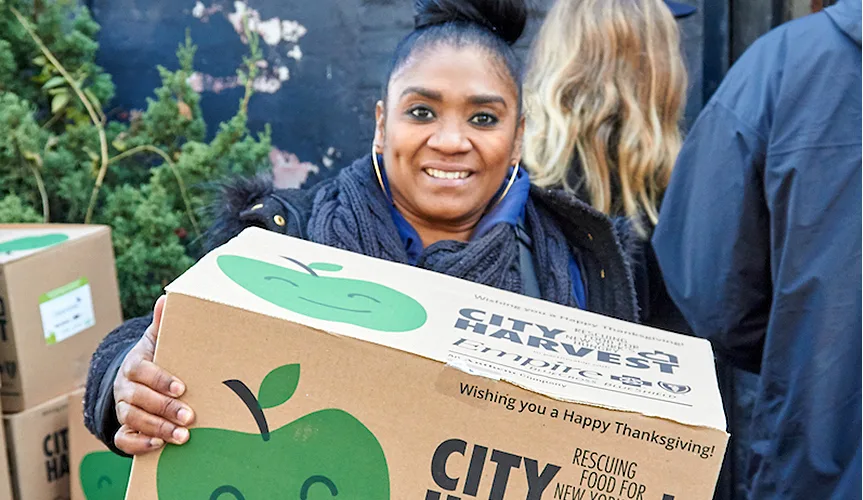Why Food Waste Reduction is Important
Did you know that about one-third of all the food produced globally ends up in the trash? That’s roughly 1.3 billion tons of food each year! Food waste is a big deal that impacts our planet, our wallets, and our communities. This not only wastes precious resources like water, land, and energy but also contributes to greenhouse gas emissions when food rots in landfills.

But here’s the good news: reducing food waste can make a huge difference.
It’s not just about being eco-friendly—it’s also about saving money and ensuring more food reaches those in need. By making a few simple changes in how we buy, store, and use food, we can all play a part in creating a fairer, more sustainable world.
Why Food Waste Reduction is Important
Reducing food waste is a crucial step toward a healthier planet, a stronger economy, and a fairer society. Let’s explore why cutting down on food waste matters so much.
Environmental Impact
When food is wasted, it’s not just the food that’s lost. The resources used to produce that food—like water, energy, and land—are wasted too. Additionally, when food decomposes in landfills, it produces methane, a potent greenhouse gas that contributes to climate change. By reducing food waste, we can significantly cut down on these emissions and conserve our precious resources.
Economic Impact
Throwing away food is like throwing away money! On a global scale, the financial loss from wasted food amounts to hundreds of billions of dollars each year. For households, this means higher grocery bills and less money for other necessities. Reducing food waste helps save money, making our budgets stretch further and supporting a more efficient economy.
Social Impact
Food waste is particularly troubling when considering the issue of food insecurity. Millions of people around the world, including many in our own communities, struggle to access enough nutritious food. By cutting down on food waste, surplus food can be redirected to those in need, helping to alleviate hunger and ensure that more people have access to healthy meals.
The Impact of Food Waste on Climate Change
When we throw away food, it doesn’t just disappear—it ends up in landfills, where it decomposes and produces methane. Methane is a greenhouse gas that is significantly more potent than carbon dioxide in trapping heat in the atmosphere. Unfortunately, landfills are one of the largest sources of methane emissions globally. In fact, the entire process of growing, processing, transporting, and storing food uses a considerable amount of energy and resources.
When we waste food, all of these resources are wasted as well. This not only includes the fossil fuels burned during transportation but also the water and energy used in agriculture. All of these factors contribute to a higher carbon footprint, accelerating the pace of climate change. By reducing the amount of food we waste, we can decrease the production of methane and its harmful effects on our climate.

Tips For Reducing Waste at Home
Reducing food waste at home is easier than you might think. With a few smart strategies, you can make a big difference. Here are some practical tips to help you get started.
Planning and Shopping Smartly
Planning your meals ahead of time can significantly cut down on food waste. By taking a few minutes each week to decide what you’ll be eating, you can buy only what you need and ensure you use up ingredients before they go bad. Creating a detailed shopping list based on your meal plan and sticking to it can also help reduce impulse purchases and prevent overbuying, keeping your fridge organized and your food waste minimal.
Proper Food Storage
Storing fruits and vegetables correctly is crucial for extending their shelf life. For example, keeping apples and bananas separate can prevent them from ripening too quickly, and storing leafy greens in airtight containers can keep them fresh for longer.
Utilizing guides like FreshDirect’s Fruit Storage Information and Vegetable Storage Information can provide specific tips on how to store different types of produce to maximize their freshness and reduce waste.
Using Leftovers Creatively
Leftovers don’t have to be boring — get creative by repurposing them into new meals! For instance, yesterday’s roast chicken can become today’s chicken salad or soup. Freezing leftovers for future use is another great way to ensure they don’t go to waste.
By transforming leftovers into delicious new dishes or freezing them for later, you can make the most out of every meal.
Mindful Eating and Portion Control
Being mindful of portion sizes can help reduce food waste at home. Serve appropriate portion sizes and encourage family members to take only what they can eat. This not only helps prevent waste but also promotes healthier eating habits. If there are leftovers, save them for another meal rather than discarding them!
Composting
Composting is a fantastic way to reduce food waste and benefit your garden at the same time. By composting food scraps like vegetable peels, coffee grounds, and eggshells, you can create nutrient-rich soil for your plants. Starting a compost pile or bin at home is simple and can greatly reduce the amount of food waste that ends up in landfills. Plus, it’s a great way to recycle food scraps and contribute to a healthier environment.
Community Involvement in Food Waste Reduction
Reducing food waste isn’t just an individual effort—it’s something communities can tackle together to create a larger impact. Here’s how local communities can work together to reduce food waste and some ways you can get involved.
How Local Communities Can Work Together to Reduce Food Waste
Local communities can play a crucial role in reducing food waste by creating a culture of sustainability and awareness. Community gardens, farmers’ markets, and food-sharing programs are excellent ways to bring people together and educate them about the importance of reducing food waste. Meanwhile, schools, local governments, and community organizations can collaborate to create programs that teach residents about proper food storage, meal planning, and composting.
Examples of Community Programs and Initiatives
Many communities have already implemented successful programs to combat food waste. For example, food rescue organizations collect surplus food from restaurants, grocery stores, and farms, and redistribute it to those in need. Community composting programs provide residents with a place to bring their food scraps, turning waste into valuable compost for local gardens. Another initiative is the establishment of “food sharing” platforms where individuals can give away surplus food to their neighbors instead of letting it go to waste.
Ways to Get Involved in Local Food Waste Reduction Efforts
There are many ways to get involved in your community’s food waste reduction efforts. Start by joining or volunteering with local food rescue organizations or community composting programs. Participate in community gardens where you can grow your own food and learn about sustainable practices. Attend workshops or events focused on reducing food waste and share what you learn with others. You can also advocate for food waste reduction policies at the local government level, encouraging initiatives that support sustainability and food security.
 How FreshDirect is Helping
How FreshDirect is Helping
As an online grocer, FreshDirect works to reduce waste and prioritize sustainability every step of the way. We partner with food banks like City Harvest, upcycle inventory, and recycle food through Divert to prevent it from becoming landfill. Altogether, this adds up to three times less waste compared to a conventional grocery store.
For more on FreshDirect’s industry-leading sustainability efforts, visit our annual impact report here >>
Get Your Favorite Foods and Support Food Waste Reduction By Choosing FreshDirect
Ready to help reduce food waste? FreshDirect’s commitment to food waste reduction is always ongoing — by choosing us, you’re choosing to combat the negative impact of food waste. On top of that, we can get you all of your favorite foods delivered straight to your door: meat, seafood, produce, grocery items, and much more.
